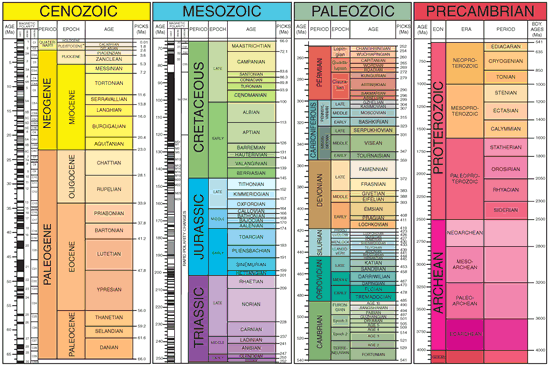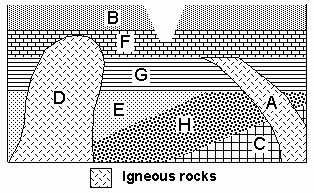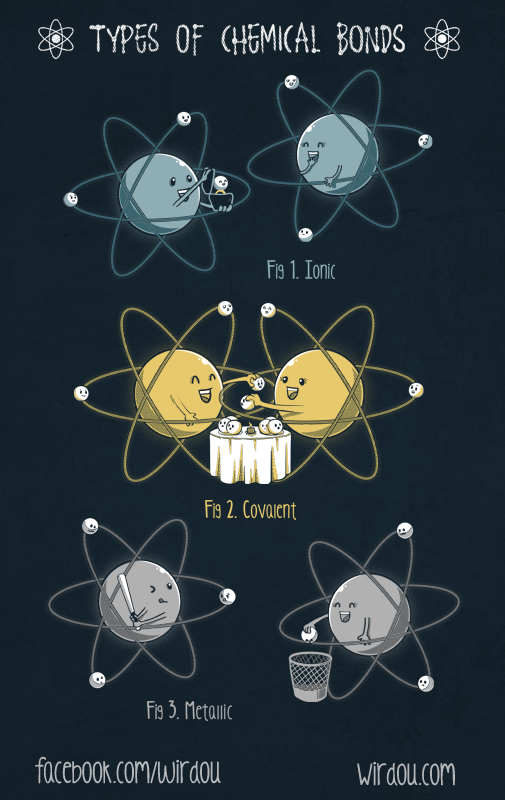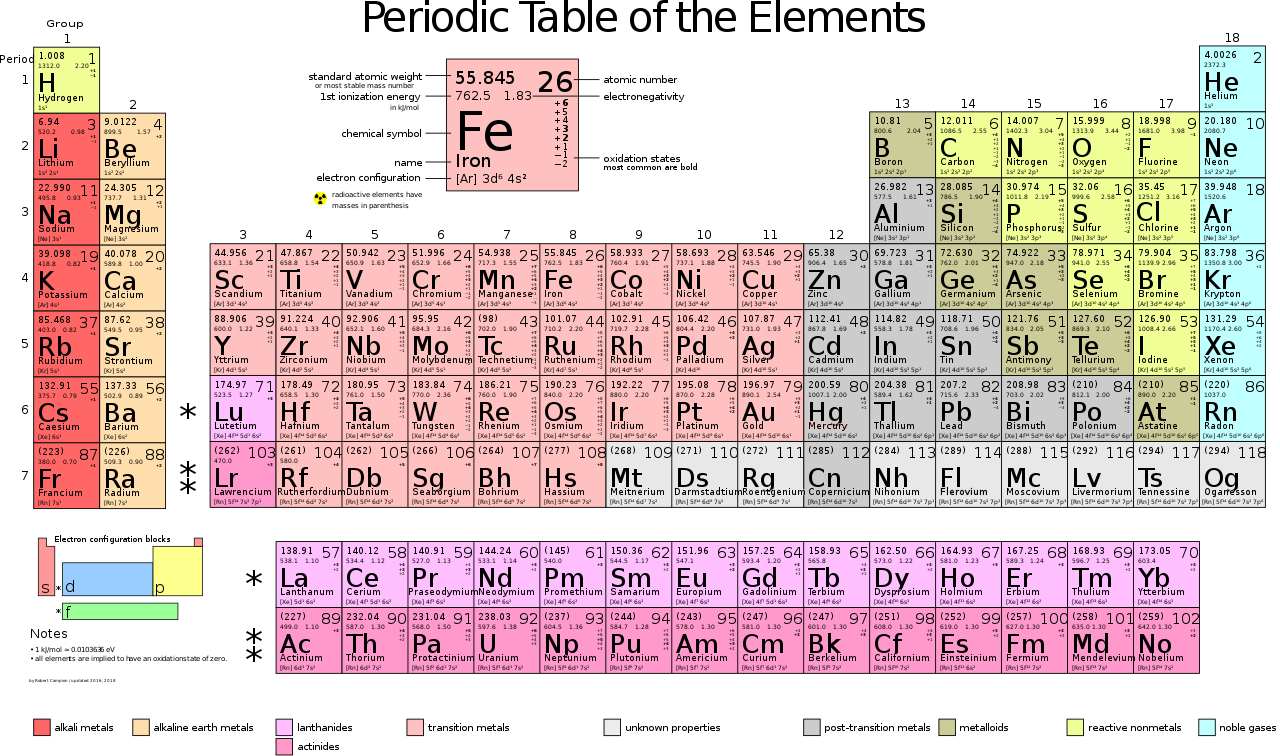 |
Summary:
The Clean Clothes Campaign in the largest global charity dedicated to stopping sweatshops in the garment and sportswear industry. They improve working conditions in sweatshops by pressuring both the manufacturer and retailer to raise worker wages rather than boycotting them and potentially leaving hundreds of workers unemployed. In addition to that, they support struggling workers in sweatshops by creating networks with them alongside Labor Unions and Non Governmental Organizations. A couple of events that demonstrate the Clean Clothes Campaign's their participation in the aftermath of the Rana Plaza Collapse and the burning of an H&M sweatshop, both of which happened in 2013. During both of these events, the CCC supported the victims of these two events and constantly pressured the owners of the sweatshops to improve working conditions. Looking at this charity and what is has done so far, my partner and I decided to choose this charity since it solves what we feel strongly about and works effectively to stop the issue at hand.
Backwards Looking:
What process did you go through to produce this piece? To produce a tri-fold that both advertises me and my partner's charity and product, we first had to research what the Clean Clothes Campaign was, what it did and how it did it, which is explained in the summary. The next step was to figure out what we were going to make that relates to our charity. We decided to make Kanzashi Christmas trees in order to support the Clean Clothes Campaign. What followed next was another series of research in where we were trying to find the cost and profit of making our item and how much our charity made in a year and how it distributed the money. Delving more into our product, we made a step-by-step tutorial in order to show the process of how a Kanzashi Christmas Tree was made. The final step was to compress all that information into a tri-fold.
Inwards Looking:
How do you feel about this piece of work? What parts of it do you particularly like? Dislike? Why? What did/do you enjoy about this piece or work? I felt that this year's charity fair could have been far more better than it was. However, it isn't due to any of the components assigned by teachers that made this charity fair unsatisfactory. The part that made this year unsatisfactory was the product. My partner and I planned to make 5 Kanzashi Christmas Trees each so that we would make a total of 10 which was the minimum requirement for quantity of items. However, during the night of the charity fair, I brought the 5 that I was supposed to make while my partner only brought in one Kanzashi Christmas tree which made me feel a bit disappointed due to the fact that we could have done more to support our charity. Despite that, I feel like all of the other components that we worked on far surpassed my expectations and of what I did in my previous years due to how insightful all the information was on what the charity was and our product.
Outwards Looking:
In what ways did your work meet the standards for this assignment? In what ways did it not meet those standards? I believe our work in this year's charity met most of the standards for this assignment. As I have stated before, our main resource was our charity's website which provided many information about themselves and was proven to be a main asset in this project. The charity research, statistics and presentations all elaborated on the Clean Clothes Campaign as a whole and even goes into depth on why sweatshops exist in the first place and how this charity is effectively improving worker wages. I think that the product that we made this year was also met the standards in regards to quality, as it took a long time to make and had a pleasant appearance once it was done in the making. I think that my partner and I's final product met all of the standards except for the quantity of products, since we made only a total of 6 out of 10.
Forward Looking:
As you look at this piece, what's one thing that you would like to try to improve upon? Looking back at how I did overall, I feel like I could have managed my time more wisely. I feel like the week making the instructables was a waste. It only took one and a half class periods to finish it, yet I spent most of the rest of the week doing nothing due to the fact that I didn't have the printouts for the project yet. I also felt like the product that I made could have been better as well, although this may be slightly nitpicky. I did five of the Kanzashi Christmas tree over the break but two of them had some gaps in between the leaves. I could have filled them in but I spent the break doing other things and I ended up fixing them before the day of Charity Fair. Overall, I think the weakest point in this project was my management with time.



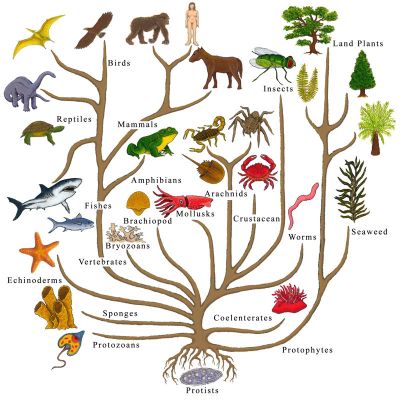
_Peppered_Moth_(Biston_betularia)_-_Flickr_-_Bennyboymothman.jpg/640px-(1931)_Peppered_Moth_(Biston_betularia)_-_Flickr_-_Bennyboymothman.jpg)


